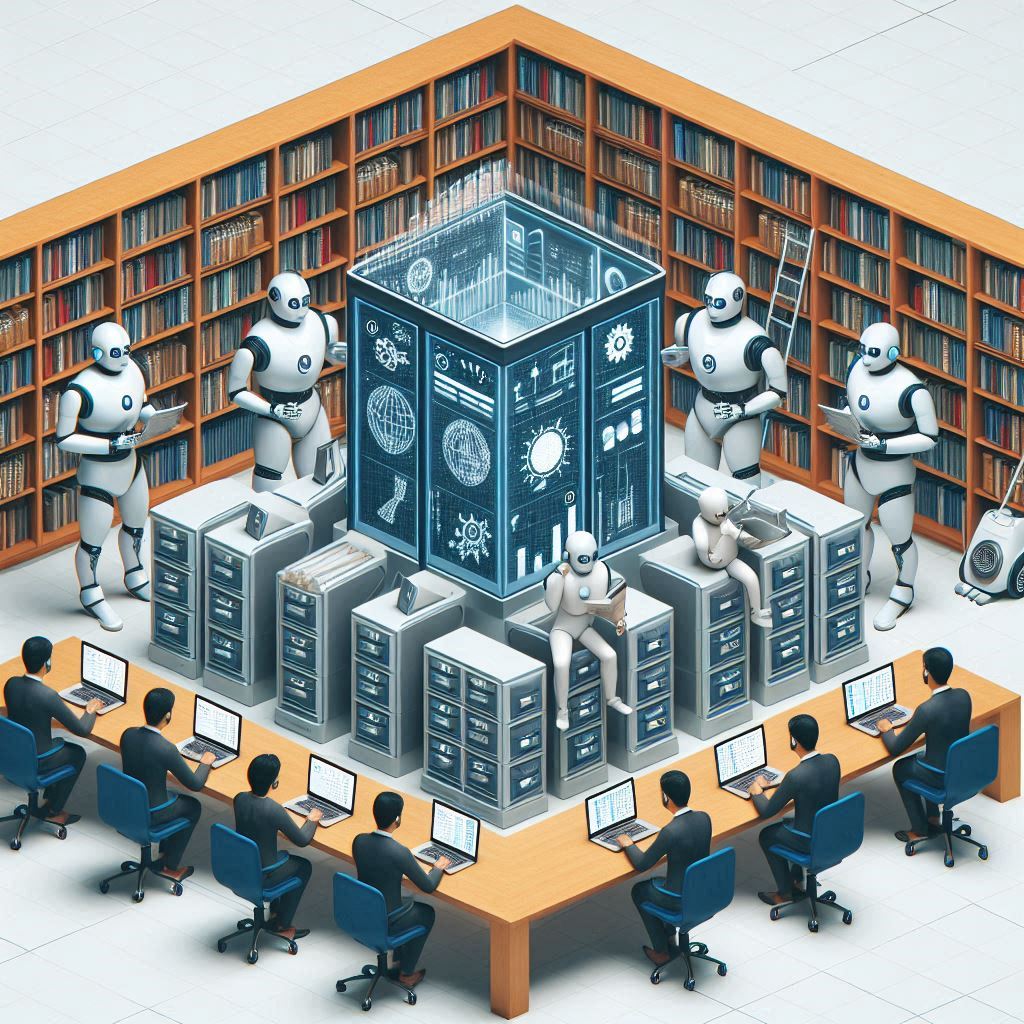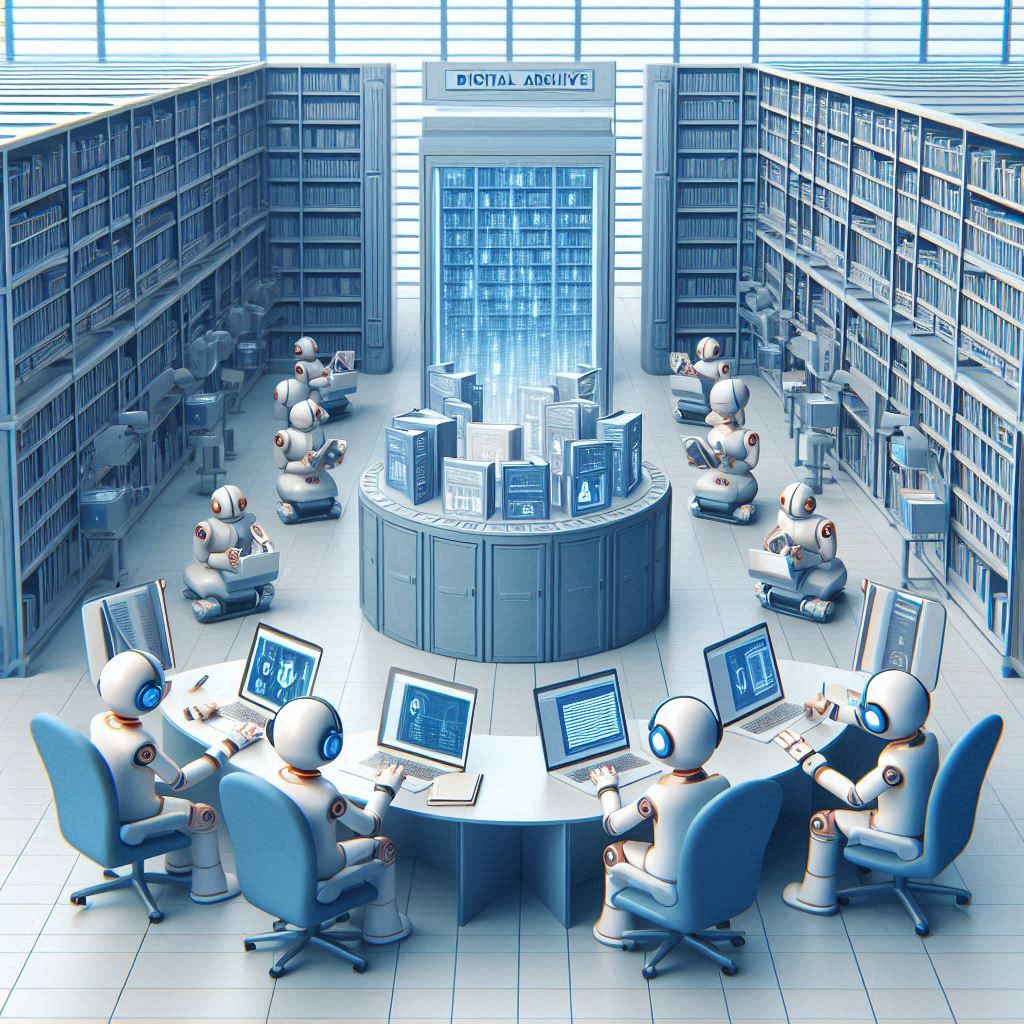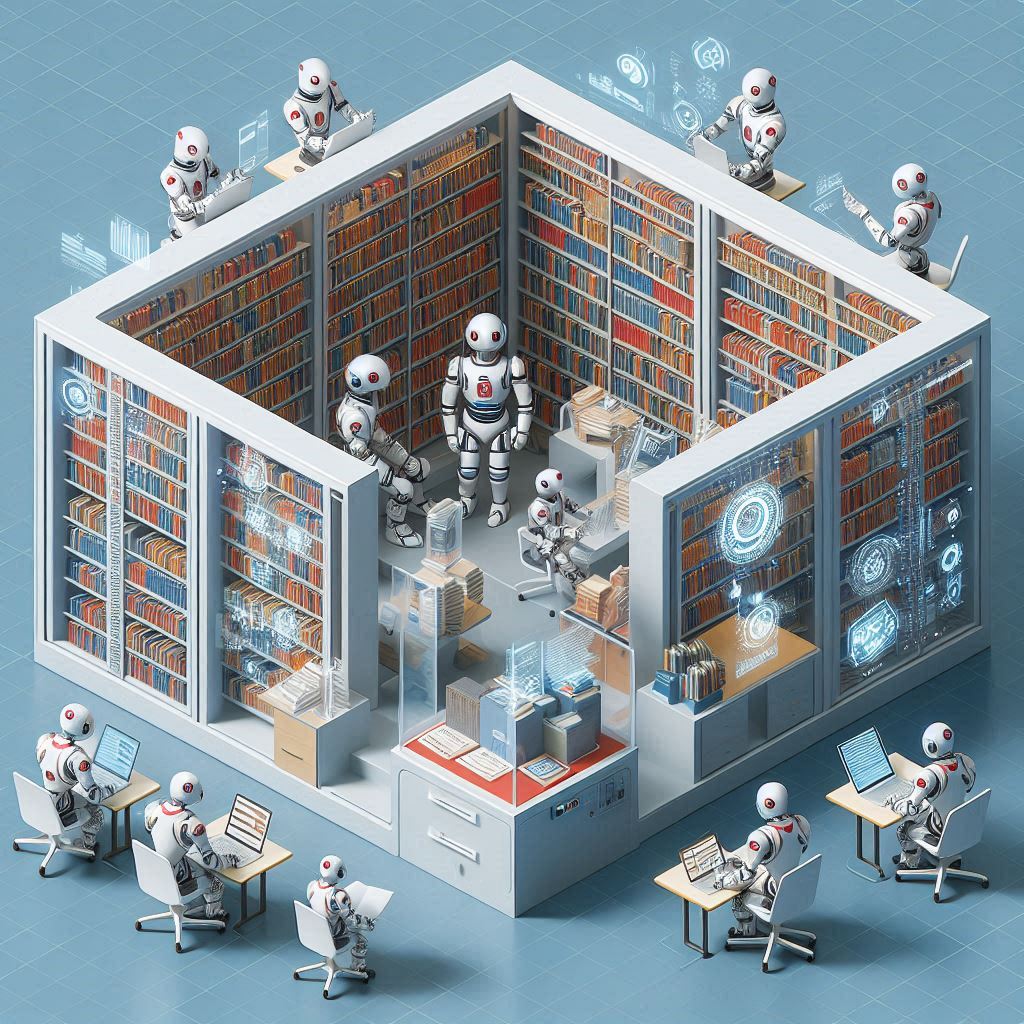Indian dance, a rich ornament of cultural heritage, encompasses various styles that reflect the subcontinent’s diverse traditions and histories. From classical forms like Bharatanatyam and Kathak to folk dances and contemporary expressions, each style tells a unique story. However, as globalization accelerates and traditional practices face the threat of fading into obscurity, the need for digital archiving of Indian dance becomes increasingly critical.

Preserving Cultural Heritage
Digital archiving serves as a vital tool for preserving the nuances of Indian dance. Many classical and folk forms are transmitted orally and through live performances, making them vulnerable to loss. By creating digital archives, we can capture performances, choreography, and instructional content, ensuring that future generations have access to these art forms. High-quality videos, photographs, and written documentation can provide invaluable resources for scholars, students, and practitioners.

Promoting Accessibility and Education
Digital archiving democratizes access to Indian dance. With a wealth of resources available online, individuals from diverse backgrounds can engage with these art forms, irrespective of their geographical location. This accessibility encourages educational initiatives, allowing schools and universities to incorporate Indian dance into their curricula. Digital platforms can also host workshops, tutorials, and lectures, fostering a global appreciation for these rich traditions.

Supporting Artists and Communities
For artists and dance communities, digital archiving offers a means of self-promotion and livelihood. By showcasing their work online, dancers can reach broader audiences, attract collaborations, and secure funding opportunities. Additionally, archived performances can be monetized through streaming platforms, providing financial support to artists and contributing to the sustainability of their art forms.

Addressing Challenges of Globalization
In a rapidly globalizing world, many traditional art forms risk dilution or misrepresentation. Digital archiving can help maintain the authenticity of Indian dance by preserving original techniques, styles, and cultural contexts. By documenting performances in their native settings and highlighting their significance, archives can serve as reference points against which contemporary interpretations can be measured, thus fostering a deeper understanding of these art forms.

Facilitating Research and Scholarship
Digital archives provide a rich resource for researchers and scholars studying Indian dance. By centralizing information, they allow for comprehensive analysis of styles, techniques, and historical contexts. Scholars can access a plethora of materials that would otherwise be difficult to gather, facilitating interdisciplinary studies and encouraging further research into the socio-cultural impact of dance in India and beyond.

The Role of Technology
Advancements in technology play a pivotal role in the effectiveness of digital archiving. High-definition video recording, 3D motion capture, and virtual reality can enhance the documentation of dance, allowing for immersive experiences that replicate the nuances of live performances. These technologies not only preserve the visual and kinetic aspects of dance but also capture the emotional and spiritual elements that are often integral to the performance.

Conclusion
The digital archiving of Indian dance is not merely a luxury but a necessity. It serves as a safeguard for cultural heritage, an educational resource, a platform for artists, and a tool for research. As we navigate the complexities of a globalized world, investing in digital archiving ensures that the vibrancy and diversity of Indian dance continue to flourish, inspiring generations to come. By harnessing the power of technology, we can preserve these art forms and celebrate their enduring legacy.
